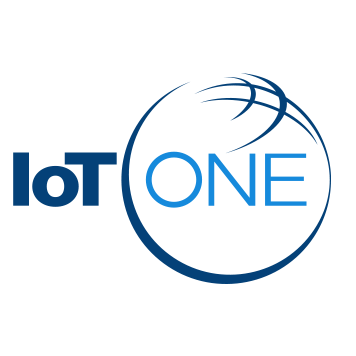Overview
This profile is not managed yet, if you would like to manage
this profile, please contact us at team@asiagrowthpartners.com
this profile, please contact us at team@asiagrowthpartners.com
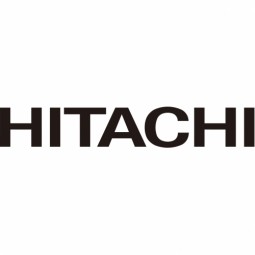 |
HitachiInspire the Next. |
| Japan | |
| 1910 | |
| Public | |
| OTCMKTS: HTHIY | |
| > $10b | |
| > 50,000 | |
| Open website |
IoT Snapshot
Technology Stack
Case Studies
Number of Case Studies3
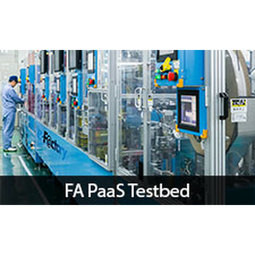 |
IIC - Factory Automation Platform as a Service (FA-PAAS) Testbed
In recent years, amid increasingly intense global competition in the manufacturing industry, there has been a growing demand for more rapid product development and market introduction, quality improvements and shorter lead times in order to quickly respond to the rapidly changing market environments and management environments through the introduction of new technologies and collaborations between companies. In this backdrop, there has been a growing expectation for overall optimization that uses data related to manufacturing in the increasingly global supply chain to connect the front lines of manufacturing with management, suppliers, and customers. This in turn has given rise to a need for secure connections between a variety of devices in FA environment and cutting-edge IT services (e.g., Big Data and the cloud) and for the accelerated development of applications in the field of next-generation factories connecting business-to-business (B2B) applications unleashing real economic value to effectively compete in the global marketplace. |
|
Wind turbines using digital technology
Issues involved in expanding commercialization of wind powerIn 2015, the worldwide capacity of renewable energy facilities exceeded that of coal-fired power.*1 With the aim of creating a low-carbon society, in July 2012, Japan put into effect the feed-in tariff scheme for renewable energy, stimulating the construction of solar and wind farms. In 2016, the full liberalization of the electrical retail business resulted in an increasing number of companies planning either to enter the power generation field or to expand their business. These market conditions engendered a need for the development, design, manufacturing, and sales of wind turbines optimized for Japan's environmental conditions. Utilities considering entering the field of wind power also sought assistance in the streamlining of maintenance and other such business operations. |
|
|
Predictive maintenance of medical devices based on years of experience and advan
Failure prediction by human operators requires advanced skills, and the limited number of experts cannot monitor all MRI systems around the world. "Corrective maintenance" for repairs after breakdowns has also become inevitable. |
Similar Suppliers
Number of Similar Suppliers5
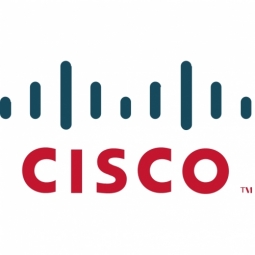 |
Cisco
Cisco designs and sells broad lines of products, provides services, and delivers integrated solutions to develop and connect networks around the world, building the Internet. Over the last 30 plus years, they have been the world’s leader in connecting people, things, and technologies - to each other and to the Internet - realizing their vision of changing the way the world works, lives, plays, and learns.Today, Cisco has over 70,000 employees in over 400 offices worldwide who design, produce, sell, and deliver integrated products, services, and solutions. Over time, they have expanded to new markets that are a natural extension of their core networking business, as the network has become the platform for automating, orchestrating, integrating, and delivering an ever-increasing array of information technology (IT)–based products and services.Subsidiaries/ Business Units: - Jasper - OpenDNS - CloudLock |
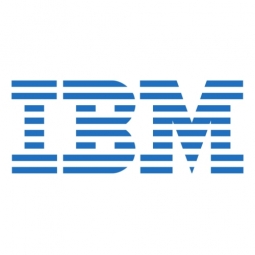 |
IBM
IBM is an American multinational technology and consulting corporation that manufactures and markets computer hardware, middleware, and software, and offers infrastructure, hosting, and consulting services in areas ranging from mainframe computers to nanotechnology. IBM is intent on leading the development of a global data field. |
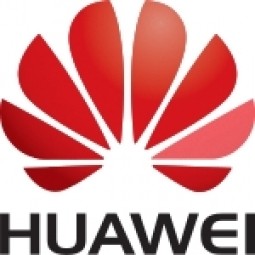 |
Huawei
Huawei is a global leader of ICT solutions. Huawei's strategy in the enterprise domain focuses on close cooperation and integration with partners to deliver a wide range of highly efficient customer-centric ICT solutions and services that are based on a deep understanding of customer needs. In line with their portfolio covers enterprise networking, unified communications & collaboration (UC&C), Cloud Computing & data center, enterprise wireless, network energy and infrastructure services. |
---nasdaq--amzn_14.jpg) |
Amazon Web Services
Amazon Web Services has developed the managed cloud platform AWS IoT to let connected devices easily and securely interact with cloud applications and other devices. AWS IoT can support billions of devices and trillions of messages, and can process and route those messages to AWS Endpoints and to other devices reliably and securely. With AWS IoT, your applications can keep track of and communicate with all your devices, all the time, even when they aren’t connected.On top of this platform, AWS also offers a variety of analytics solutions by AWS or third-party suppliers that can help meet all kinds of needs related to data analysis. |
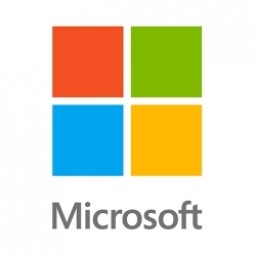 |
Microsoft
Microsoft develops, manufactures, licenses, supports and sells computer software, consumer electronics and personal computers and services. Its best known software products are the Microsoft Windows line of operating systems, Microsoft Office office suite, and Internet Explorer and Edge web browsers.Year Founded: 1975Revenue: $93.6 billion (2014)NASDAQ: MSFT |


